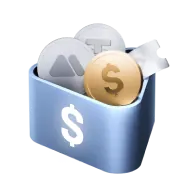Understanding Depth Charts

1. What Is a Depth Chart?
2. Basic Components of a Depth Chart
- Horizontal axis (X-axis): Shows order prices, increasing from left to right, and reflects the overall price range in the market.
- Vertical axis (Y-axis): Indicates the order quantity, i.e., the total number of buy or sell orders placed at each price level.
- Green area: Represents the buy side (bids), or the collection of orders willing to purchase at the current price or lower. A larger green area indicates stronger buying pressure.
- Red area: Represents the sell side (asks), or the collection of orders willing to sell at the current price or higher. A larger red area indicates stronger selling pressure.
- Intersection point: Marks the current market price, where buying and selling forces are balanced.
- Price range: Reflects the span of price fluctuations, indicating how much price movement the market is willing to accept.

3. How to Read a Depth Chart
3.1 Assessing Market Depth
- Dense order book with tight spreads: If buy and sell orders are layered closely together at multiple price levels, it indicates better market depth. This means many orders are concentrated near the current price, allowing traders to execute transactions closer to market value and reduce trading costs.
- Thin order book with wide gaps: Conversely, if there are large gaps between order levels, it suggests poor market depth. This indicates fewer orders at certain price levels, so traders may face wider spreads and greater price slippage when executing market orders, leading to higher trading costs.
3.2 Understanding the Balance of Buying and Selling Pressure
- Larger green area: Indicates stronger buying pressure, suggesting the market may be trending upward.
- Larger red area: Indicates stronger selling pressure, suggesting the market may be trending downward.
- Similar areas: Indicates a balance between buyers and sellers, suggesting the market may be in a consolidation phase.
3.3 Example: Interpreting a BTC Depth Chart

4. Three Key Benefits of Understanding Depth Charts
- Lower trading costs: A market with strong depth means a larger number of orders, allowing traders to buy or sell at prices closer to the actual market level, thereby reducing transaction costs.
- Avoid slippage: In markets with poor depth, there may be a large gap between the order price and the actual filled price, leading to slippage. By analyzing the depth chart, traders can anticipate market depth conditions in advance and avoid trading in conditions with high slippage risk.
- Formulate trading strategies: By combining depth chart analysis with the comparison of buying and selling pressure, traders can design more precise strategies. For example, in markets with stronger buying pressure, buying on dips may be favorable; in markets with stronger selling pressure, selling on rallies may be more appropriate.
5. Conclusion
Recommended Reading:
- Why Choose MEXC Futures? Gain deeper insight into the advantages and unique features of MEXC Futures to help you stay ahead in the market.
- MEXC Futures Trading Tutorial (App) Understand the full process of trading Futures on the app and get started with ease.
Popular Articles

Is Bitcoin Going to Crash? Expert Analysis of the $600 Billion Market Wipeout
Bitcoin has dropped below $90,000, marking a seven-month low and erasing nearly 30% of its value since October's peak of $126,000.The cryptocurrency market has wiped out over $600 billion in value, le

MSTR mNAV Drops Below 1, How to Buy MSTR in the Crypto Market
Key TakeawaysRare Discount Signal (mNAV < 1) MSTR's Market Value to Net Asset Value (mNAV) dropping below 1 is a historically rare event. It signals that the company's market valuation is currently lo

How Much Bitcoin Does Satoshi Have? Here's The Answer
Satoshi Nakamoto, Bitcoin's mysterious creator, holds approximately 1 million BTC. At Bitcoin's current market price, this fortune is worth over $100 billion, representing roughly 4.8% of Bitcoin's to

Why is Bitcoin Going Up? Key Factors Behind Bitcoin's Price Up
If you've been watching the cryptocurrency markets lately, you've probably wondered why is Bitcoin going up to such remarkable levels. Bitcoin recently smashed through $120,000 and continues climbing
Hot Crypto Updates
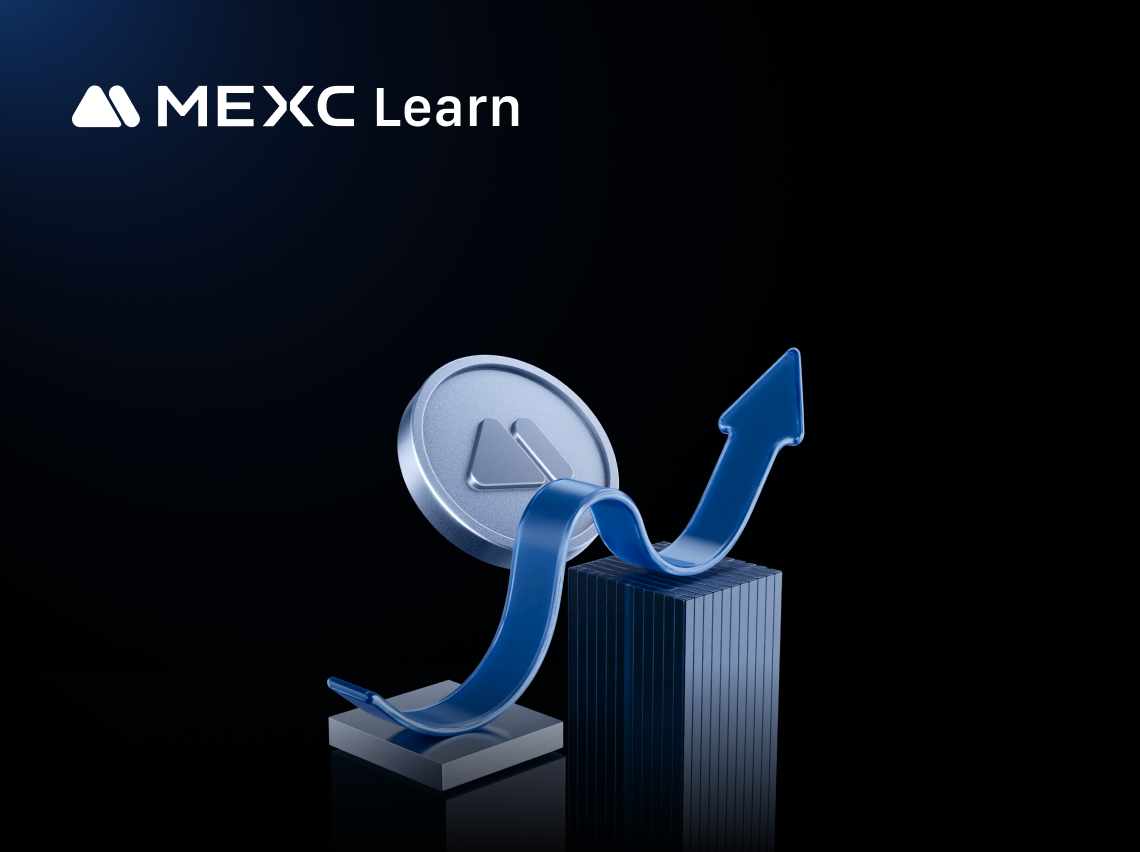
Zcash Wallet: Your Complete Guide to Storing ZEC Safely
A Zcash wallet is a digital tool that lets you store, send, and receive ZEC coins securely.Think of it as your personal bank account for Zcash, where you hold the keys to your privacy-focused cryptocu
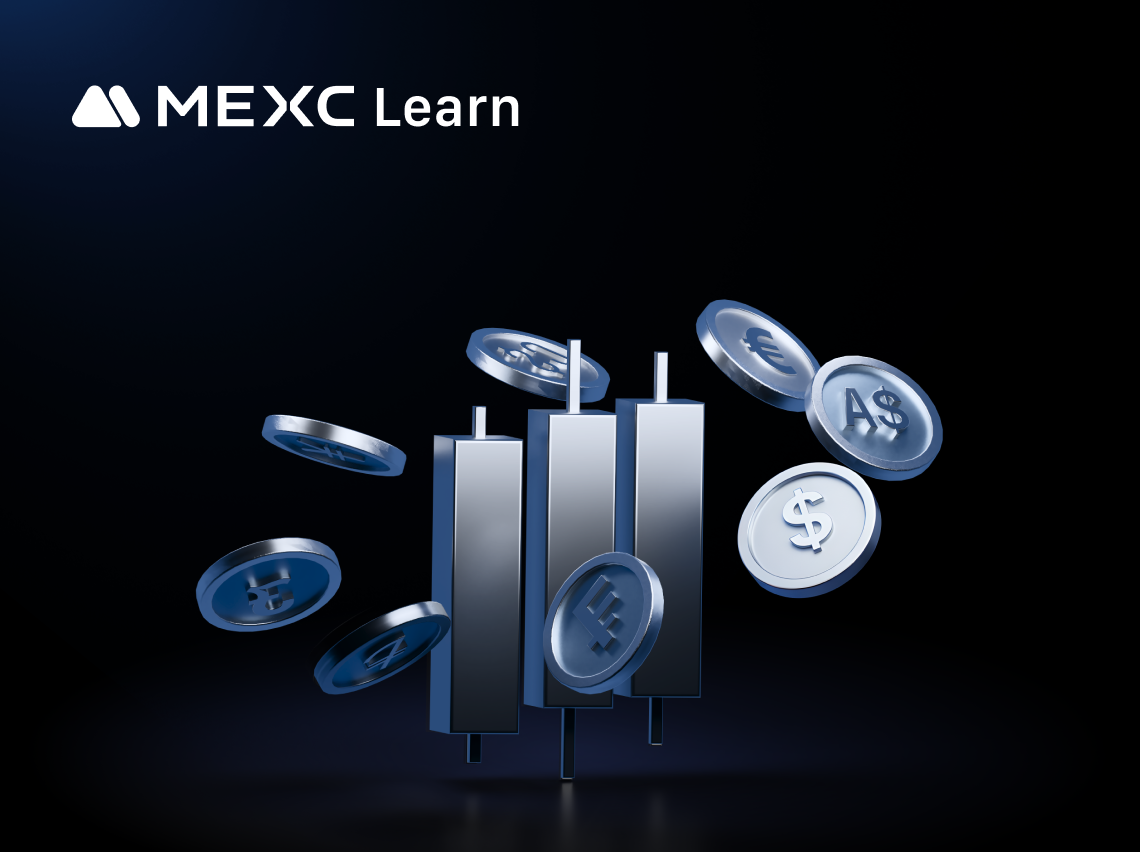
Zcash Price Prediction: What to Expect from This Privacy Coin
Privacy coins are making waves in the crypto market, and Zcash (ZEC) is leading the charge. This digital asset has caught investors' attention with impressive price movements and growing adoption.If y

Zcash News: Privacy Cryptocurrency Gains Momentum in Crypto Market
Privacy-focused cryptocurrencies are capturing renewed attention, and Zcash is leading the charge.The digital asset has experienced significant market activity, driven by institutional interest and gr
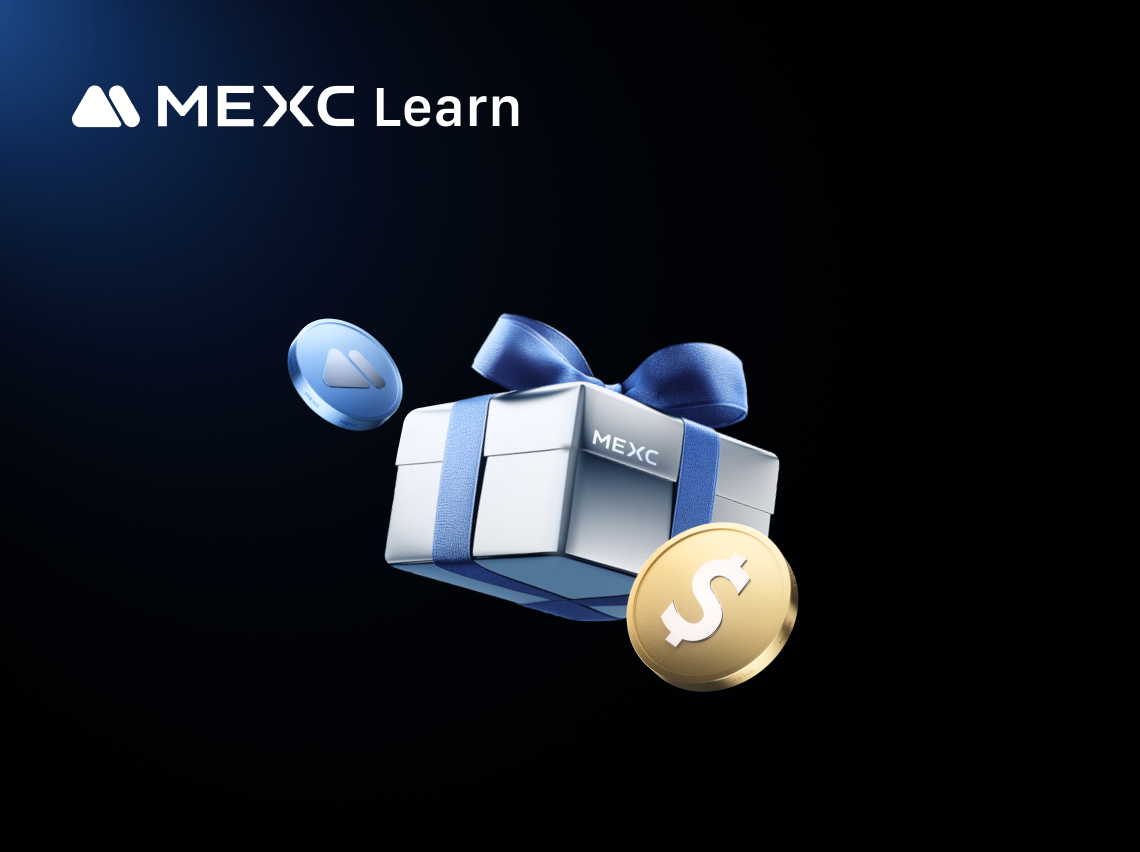
Beeg Blue Whale Future Outlook: In-Depth Analysis of Investment Opportunities and Challenges in Sui Ecosystem Meme Coins
Key TakeawaysSui blockchain as next-generation high-performance Layer-1 public chain provides ideal technical environment for BEEG and other meme coinsSui ecosystem TVL continues growing with meme coi
Trending News

South Korea’s $657 Million Exit from Tesla Signals a Big Crypto Pivot
In a dramatic shift in investment patterns, South Korean retail investors withdrew $657 million from Tesla stock in August 2025, representing the largest monthly outflow in more than two years. At the
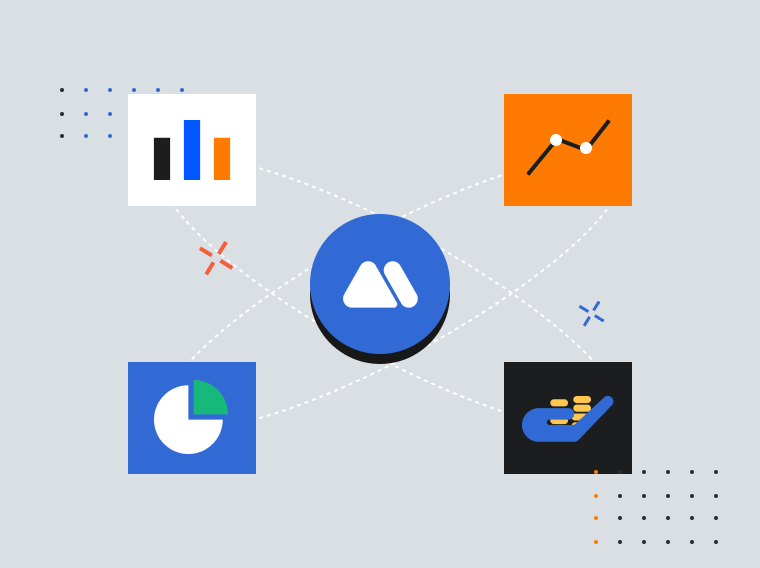
Vico Sotto, coalition push for passage of Anti-Dynasty Law | The wRap
Today’s headlines: Anti-Dynasty Law, Janet Napoles, Lando Norris | The wRap

Tether Moves $3.9B BTC for Jack Mallers’ ‘Twenty One’ NYSE Debut
A massive 43,033 BTC transfer flagged by Whale Alert Sunday is not a sell-off—it is the settlement capital for Twenty One (XXI), the Bitcoin-native firm led by Jack Mallers set to list on the NYSE Dec

Gold continues to hit new highs. How to invest in gold in the crypto market?
As Bitcoin encounters a "value winter", real-world gold is recasting the iron curtain of value on the blockchain.
Related Articles

How to View MEXC Futures Account Assets and Open Positions For Improved Trading
Cryptocurrency futures trading has become popular among investors due to its flexibility and wide range of trading pairs. MEXC Futures, in particular, is well recognized by users for offering over 1,3

Analysis of Common Technical Indicators in the Cryptocurrency Market
In crypto trading, technical indicator analysis refers to a quantitative method that uses mathematical and statistical formulas to assess market trends. By processing price and volume data through spe

Common Technical Analysis Theories
Technical analysis is a widely used tool in financial investing, aimed at predicting future market trends by studying historical price movements and trading data. This article will break down the core

MEXC Futures Funding Rates: How to Check, Calculate & Optimize Costs
Have you ever experienced this? You predicted the market direction correctly in a futures trade, yet your profits kept shrinking, or your balance mysteriously dropped? The culprit might be something m
